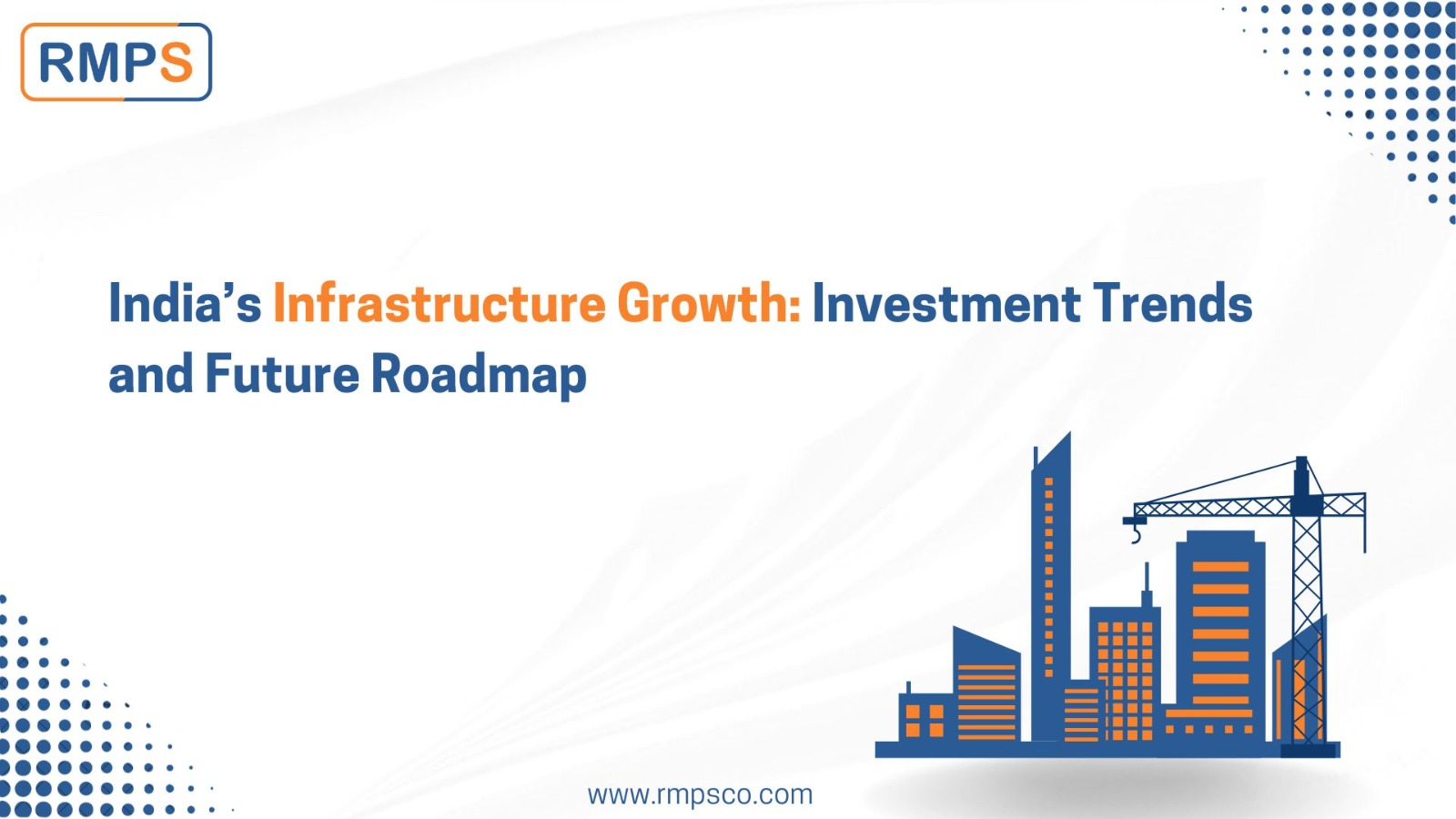
Infrastructure is the backbone of a growing economy, and India has prioritized capital expenditure (capex) on physical, digital, and social infrastructure to drive long-term economic growth. The Economic Survey 2024-25 highlights significant advancements in railways, roads, ports, aviation, power, and urban infrastructure, along with strategic initiatives like the National Infrastructure Pipeline (NIP) and National Monetization Pipeline (NMP) to boost public-private partnerships.
1. Capital Expenditure Growth: Driving Infrastructure Investment
- Government’s Capex in Infrastructure (FY20-FY24): Grew at 38.8% annually, reflecting strong policy push.
- National Infrastructure Pipeline (NIP): Targets ₹111 lakh crore investments from FY20-FY25.
- Private Investment Focus: Public capital alone cannot meet future infrastructure needs, requiring greater private participation.

Key Takeaways:
- Public investment in infrastructure has accelerated, but private sector participation must increase.
- Government initiatives like NIP & NMP are creating long-term investment opportunities.
2. Post-Election Capex Momentum
- Q1FY25 Capex Slowdown: Due to elections and monsoon impact.
- July-November 2024 Rebound: Ministries utilized 60% of the allocated infrastructure budget.
- Sector-Wise Capex Trends: Railways, roads, ports, and civil aviation saw significant fund allocations.
Key Takeaways:
- Government spending rebounded post-elections, ensuring steady infrastructure growth.
- Sustained capex is critical for achieving India’s Viksit Bharat 2047 goals.
3. Physical Infrastructure Growth: Railways, Roads, and Ports
Railways: Expansion and Modernization
- 17 new Vande Bharat train pairs introduced, with 900 coaches manufactured in FY25.
- Mumbai-Ahmedabad Bullet Train: 47.1% completion, with ₹67,486 crore spent so far.
- Dedicated Freight Corridors (DFCs): 96.4% of 2,843 km network completed, improving logistics efficiency.
Key Takeaways:
- Indian Railways is modernizing and expanding, ensuring faster freight and passenger transport.
- High-speed corridors and PPP projects will enhance future railway infrastructure.
Roads: National Highway and Corridor Development
- Highway Network Expansion: 1.46 lakh km in 2024, up from 91,287 km in 2014.
- Bharatmala Pariyojana: 76% of the 34,800 km project awarded, boosting connectivity.
- Char Dham Highway & High-Speed Corridors: Accelerating regional and national logistics.
Key Takeaways:
- Shift from project-based to corridor-based road development is improving efficiency.
- Expansion of highways and expressways will enhance trade and mobility.
Ports & Shipping: Strengthening Maritime Infrastructure
- Sagarmala Programme: Highest completion rate in port modernization.
- Port-Led Industrialization: 12 new smart industrial cities approved to boost exports.
- Chabahar Port (INSTC Link): 43% rise in vessel traffic, strengthening global trade routes.
Key Takeaways:
- Port-led industrialization is creating new trade hubs and reducing logistics costs.
- International connectivity projects (Chabahar, Sittwe) will improve India’s global trade positioning.
4. Urban Infrastructure: Smart Cities and Housing
Smart Cities and Urban Transformation
- ₹1.64 lakh crore investment across 100 smart cities, with 7,479 projects completed.
- Integrated Command & Control Centers (ICCCs): Strengthening urban management.
- Public Safety & Digital Governance: 9,000+ CCTV cameras, smart mobility, and sustainable waste management.
Key Takeaways:
- Smart Cities Mission is improving urban infrastructure, safety, and digital governance.
- Sustainable urbanization and digital transformation are key to future-ready cities.
Affordable Housing and AMRUT Urban Rejuvenation
- PMAY-U: 1.18 crore houses sanctioned, with ₹2.77 lakh crore allocated under AMRUT 2.0.
- AMRUT 2.0 Expansion: Focus on water management and green spaces in cities.
Key Takeaways:
- Affordable housing is expanding, ensuring urban sustainability.
- AMRUT 2.0 is enhancing urban water supply and sanitation services.
5. Renewable Energy & Digital Connectivity: The Future of Infrastructure
Renewable Energy Growth
- India’s renewable capacity: 47% of total installed power, reaching 209.4 GW in 2024.
- Solar and Wind Energy Expansion: Targeting 30 GW solar and 10 GW wind by 2030.
Key Takeaways:
- India is rapidly shifting to renewable energy, ensuring sustainable infrastructure.
- Green energy policies will drive long-term energy security.
Digital Infrastructure and 5G Expansion
- 5G services launched in all 779 districts, with 4.6 lakh towers installed.
- BharatNet Project: 6.92 lakh km of fiber optic cable laid for rural broadband.
- Smart Digital India Growth: Expanding cloud computing & IT infrastructure.
Key Takeaways:
- 5G and fiber networks are revolutionizing India’s digital economy.
- Public-private collaboration in digital infrastructure is key for future tech advancements.
Conclusion:
India’s infrastructure investments are accelerating, driven by government capex, private sector involvement, and strategic policies. Railways, roads, ports, energy, and digital connectivity are transforming economic productivity. However, greater private participation, streamlined regulations, and sustainable construction practices will be critical to achieving Viksit Bharat 2047.
LinkedIn Link : RMPS Profile
This article is only a knowledge-sharing initiative and is based on the Relevant Provisions as applicable and as per the information existing at the time of the preparation. In no event, RMPS & Co. or the Author or any other persons be liable for any direct and indirect result from this Article or any inadvertent omission of the provisions, update, etc if any.
Published on: February 1, 2025
